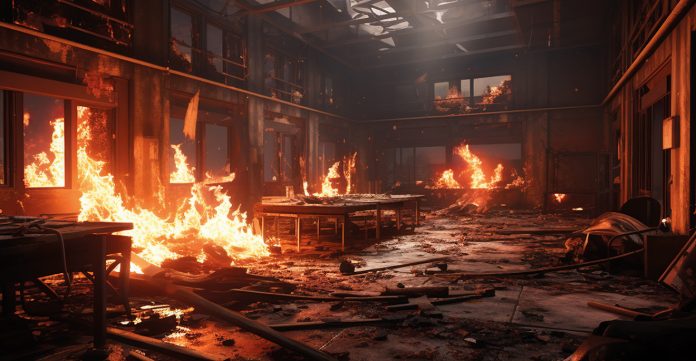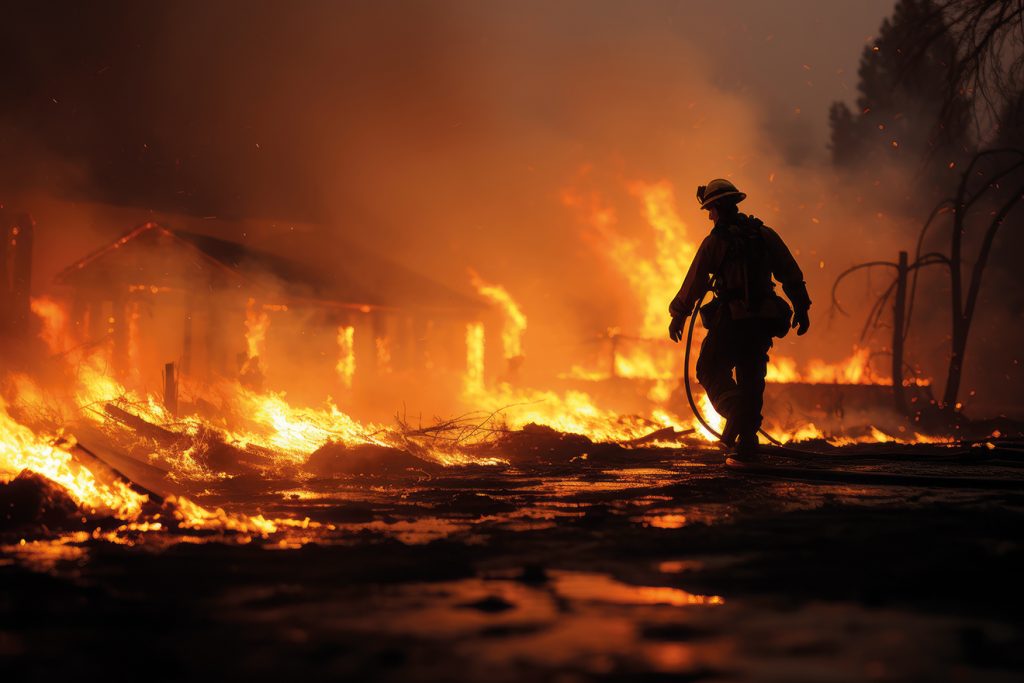
Electrical contractors work in all types of buildings and locations. However, the risks vary dramatically in these installations.
For instance, a swimming pool installation poses different risks to an installation on a chemical site. What is clear, however, is that fire and explosions are, without doubt, a major risk that electrical contractors face in many projects and environments.
Most of us are familiar with the fire triangle – remove any one of the three elements and the fire cannot occur, but is that it?
It is a consequence of modern life that we manufacture, store or handle a range of gases or liquids that are deemed flammable and a range of dusts that are deemed combustible. These substances can, in the right conditions, form an atmosphere that could be explosive. Fortunately, incidents that involve an explosion are rare but when they do occur, they often make the news. When breaking these events down into their simplest terms, they are essentially a combination of a release or leak in the right quantities and concentrations of a particular substance or material, their mixing with oxygen and the presence of a source of ignition.
Hazardous areas are documented on the hazardous area classification drawing and are identified on site by the triangular “EX” sign. Here, amongst other key information, the zones are split into three types dependent upon the hazard, the likelihood and duration that an explosive atmosphere will exist; Zone 0 or 20 is considered the most hazardous and Zone 2 or 22 is deemed the least.
Due to the risks presented, it is in these areas where we find specific requirements for the types of electrical equipment and installations that are designed to prevent an ignition. The methods by which this is achieved can vary, so it is critical that the special features of this electrical equipment and installation must not be compromised.
Have you heard of terms such as “flameproof”, “increased safety” or “intrinsic safety”? Identified by special markings, these are just a few examples of the types of protection (or protection concept) employed by the electrical equipment and installation. To preserve these special features requires a combination of the correct design, equipment selection and installation techniques being employed. This is then verified through inspection and testing, and is preserved throughout the life of the installation by employing the correct maintenance techniques supplemented by periodic inspection.
When these measures are taken, they are also documented. The verification dossier includes information such as the hazardous area classification drawing, manufacturers documentation, equipment certification, design drawings and calculations, inspection records, and records of a person’s competency and continual professional development (CPD).
ECA provides their members with free access to eCOMS, a tool which allows them to record contractor training, supervision and CPD.
Creating a skilled and competent workforce
Given the potential consequences should an explosion occur and the specialist nature of these activities, it is vital that those undertaking this work are competent to do so. CompEx is the international scheme for competency validation and certification of those who work in explosive atmospheres and offers a range of qualifications that seek to verify a person’s knowledge and skills through a combination of training and assessment.
The scheme has qualifications for a variety of employees working in all industries at varying levels. Non-technical staff may attend a Foundation Course (ExF) to gain an overall appreciation of the hazards and control measures, while technicians may undertake a more specialised qualification that addresses the requirements associated with equipment selection, installation, maintenance and inspection. CompEx also offers qualifications aimed at those who are responsible for the design and management of installations and the persons employed at such installations.
CompEx is delivered through a global network of centres and offers a variety of qualifications that cover the full range of activities and hazards typically found on site or on a location with hazardous areas. Southern Eastern Regional College (SERC) is the location for the CompEX Northern Ireland centre.
The subject of hazardous areas is a serious one with a unique set of challenges. CompEx provides a methodology that can offer verifiable core competency validation against a range of activities and hazards to suit the needs of any business.
For more information and to see the courses offered, visit:
www.compexcertification.com
www.eca.co.uk











